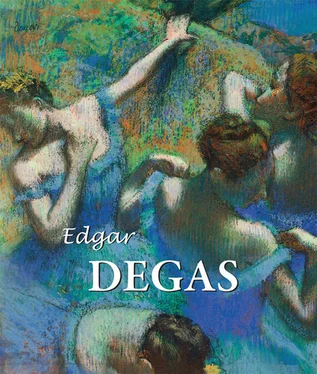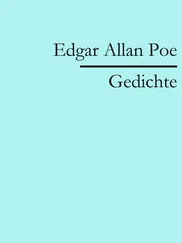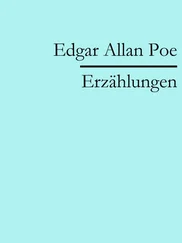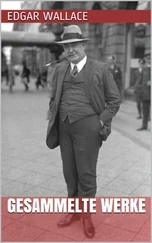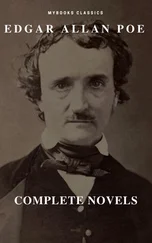Amongst the characters are a ‘Grande Horizontale’ with the outrageously punning name of Métella (roughly translatable as ‘put it in’), a pretty glove-maker called Gabrielle who might have stepped from one of Degas’ pastels of milliners, a Brazilian millionaire who wants to lose his fortune to Parisian ‘hussies’, a Swedish Baroness who longs to hear the singer Thérésa and her husband who wants to experience and enjoy everything at once jusque-là (to the fullest).
Prostitution was a major theme of French writers and artists throughout the second half of the 19 thcentury. Literary interest in prostitution peaked around 1880. Edmond de Goncourt published La Fille Elisa in 1877, and Émile Zola, Nana in 1879–1880. Guy de Maupassant made his reputation with Boule de Suif in 1880 and followed it up the next year with the endearing La Maison Tellier . Degas’ references to the Parisian traffic in female flesh were often scrupulously discreet – a glimpse of a gentleman’s black trousers amongst the scenery of the opera, or of the gaudy plumage of a courtesan’s hat at the race-course as her carriage passes from view. Sometimes it is no more than a pervasively suggestive atmosphere that would nonetheless have been quite perceptible to men of Degas’ class and tastes.
This murky world of female commerce, in which predatory top-hat wearing males indulged, is illuminated in a fascinating, if somewhat lurid, way by two anonymous Parisian publications of the 1880s, when Degas was at the height of his career. Ces Demoiselles de l’Opéra , published in 1887 and attributed to Vieil abonné (‘a long-time season-ticket-holder’), offers a survey of all the female dancers that were active at the new Paris Opera and looks back nostalgically to the 1860s when Degas also began to interest himself in ballet at the old house in the rue Le Peletier.
The tone of the book is gossipy and mildly lecherous. The Vieil abonné seems more interested in the physical attractions of the dancers and in the racy details of their private lives than he is in the finer points of their dancing techniques. Mlle Eugénie Fiocre, the only female dancer described in the book and identifiably painted by Degas, is said to have ‘a nose for which an umbrella would be useful’ – Degas’ study of her shows that she had a rather turned up and exceptionally pretty nose – ‘but what a figure! One should go down on one’s knees in front of it – and behind!’
Ces Demoiselles de l’Opéra vividly conveys the flavour of the flirtatious conversations that Degas enjoyed with his young dancer models. Daniel Halévy, the son of Degas’ old friend Ludovic, noted that when Degas was with dancers he ‘finds them all charming, makes excuses for anything they do, and laughs at everything they say’.
The Vieil abonné recorded the foibles, the remarks, and the little habits of the dancers with the same affectionate indulgence. So we hear, for example, that the only distinguishing characteristic of Léontine Beaugrand was an inordinate love of chocolates, and how la petite Paillier was outraged when complimented by an admirer as looking like a Boucher, thinking that he was comparing her with a butcher. The Pretty Women of Paris was published in English in 1883, and describes itself on the title page as a ‘Complete Directory and Guide to Pleasure for Visitors to the City of Gaiety’.
The information offered about Parisian women is so comprehensive and so detailed that it cannot possibly have been compiled by one man. The tone throughout, though, is consistent – scurrilous and often misogynistic. It gives the reader the impression of coming face to face with all the anonymous and faceless women we find in Degas’ oeuvre, from star dancers to milliners and laundresses.
On the first page we encounter Ellen Andrée, who modelled for Degas’ The Absinthe Drinker . She is a very pretty fair woman, whose artistic talents are small, although her body is in splendid proportion for such a tiny creature. Her principal lovers count amongst the artists of the capital, for whom she has often posed as model. She has been photographed in many poses, always without any clothing, and these studies from life could have been purchased all over Paris for a small sum. She is very straightforward and kind-hearted, but cannot write or read easily, her education having been greatly neglected. She is about twenty-four years old.
It seems that the authors underestimated her age, her intelligence, and her dramatic talents. She is unlikely to have been sixteen when she posed as the weary prostitute in Degas’ The Absinthe Drinker in 1876, she clearly had the wit to hold her own among the rip-roaring company of Degas and his friends at the Café de la Nouvelle Athènes in the 1870s, and she went on to enjoy a long and distinguished career in the theatre.
On later pages of this ‘Directory and Guide’, we meet Thérèse Bréval, who ‘was a ballet-girl for a time, but soon grew tired of kicking up her legs for such small wages’; Marie Folliot, ‘formerly an assistant in a milliner’s shop, but her beauty singled her out for the advances of the seducer…’; Blanche de Labarre, employed in the corset department of a large store where ‘the habit of continually taking off and trying on so many corsets seems to have had an effect on her morals and made her ever afterwards only too ready to unlace her own…’; Amélie Latour, ‘a simple laundress’, who ‘used to carry washing home to the customers, who, in return for the clean linen she brought, would often rumple her chemise and petticoats’; the circus performer Oceana, ‘a female acrobat turning double somersaults without a stitch on is a splendid sight for a tired old rake…’; Countess Letischeff, who ‘began to frequent all the race-meetings round Paris’; and Glady and Marie Magnier, who both began life like Henri Murger’s Mimi by making artificial flowers.
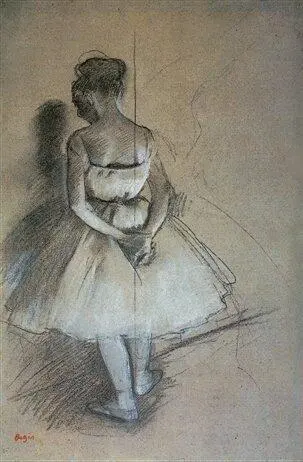
Dancer Standing, her Hands Crossed Behind her Back, 1873.
Black and white chalk on mounted grey paper, 45 × 29.7 cm.
Private collection.
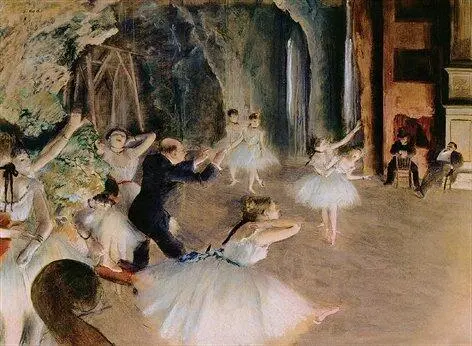
The Rehearsal of the Ballet Onstage, c. 1874.
Pastel over brush and ink drawing on cream paper, mounted on canvas,54.3 × 73 cm.
The Metropolitan Museum of Art, New York.
Degas’ most direct and explicit depictions of prostitution date from the late 1870s and constitute a series of monotype prints of brothels, which are exceptional in his oeuvre in a number of ways. By the time Degas came to produce these images, the Parisian brothel was already in decline and represented a somewhat old-fashioned way for the middle-class gentleman to take his pleasure.
The Pretty Women of Paris lists ninety-nine brothels within central Paris and a further seven in the suburbs. The 183 women described individually in the book all worked independently of brothels, however. Fanny Robert, for example, started her career in a brothel in Marseilles, but was ‘rescued and brought to Paris by a rich lecher’. ‘The women loll around on the plushly-upholstered furniture in relaxed open-legged postures, comfortable in their nudity or semi-nudity and in their proximity to one another.’ The life of a registered prostitute in a licensed brothel must have been a tough one.
Apart from the drudgery of the work, the women were subject to regular medical inspections and other petty and humiliating restrictions. Yet – as described in the fiction of the period and ‘realist’ cabaret songs – life in a brothel was not without its compensations and attractions. The song En Maison , sung by Damia, dubbed la Tragédienne de la chanson , tells of a young girl who is rescued from a brothel by marriage to a middle-class man, but who comes to miss the freedoms and the little habits of her life in the whorehouse. Degas’ prostitutes do not look oppressed or unhappy. These brothel scenes are the most exuberant images he produced and have an earthy humour and a joie-de-vivre not found elsewhere in his work. By contrast, it is the black-clad women of Degas’ portraits with their rigid body language who seem repressed and oppressed.
Читать дальше
